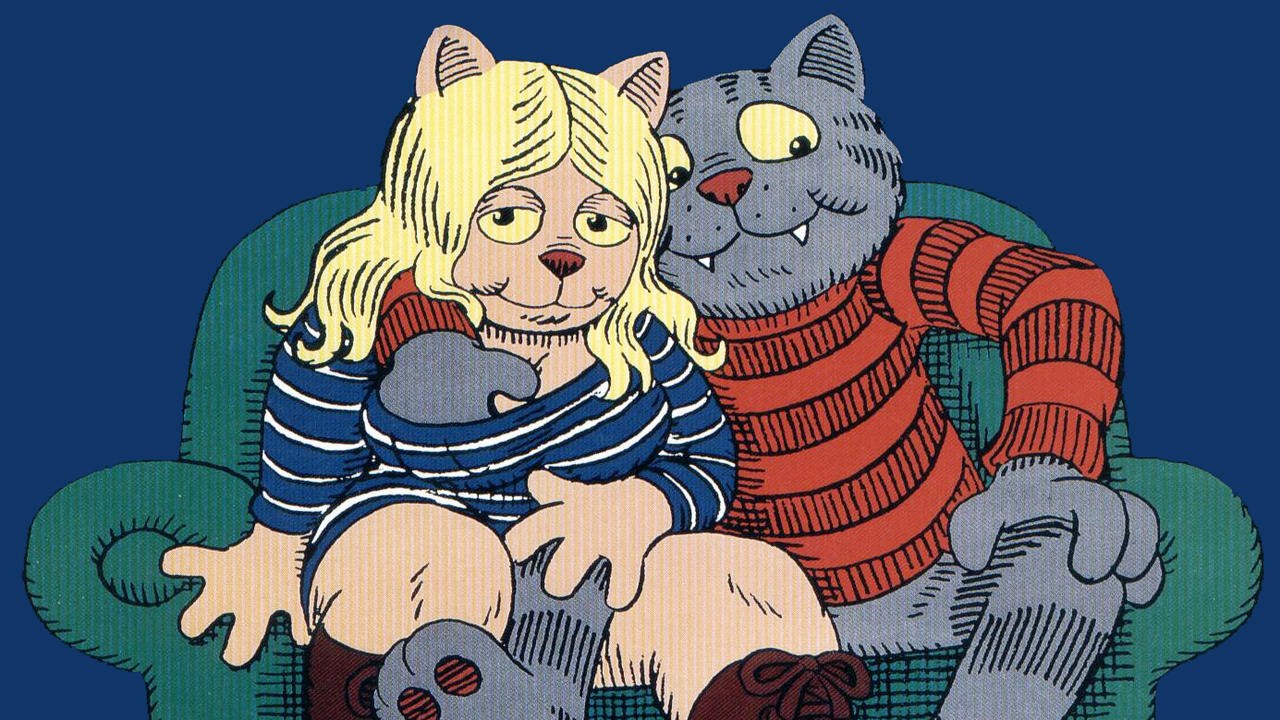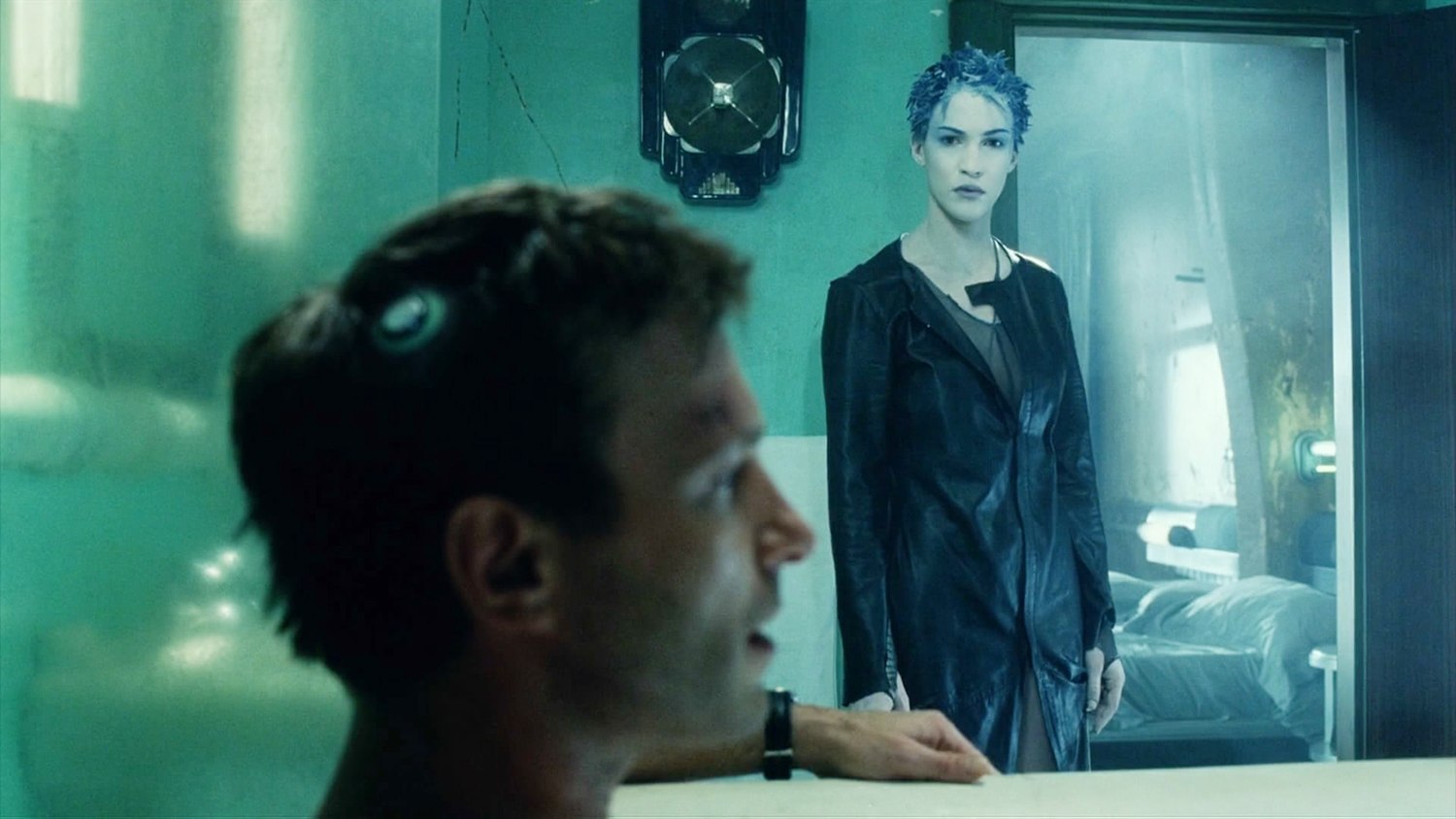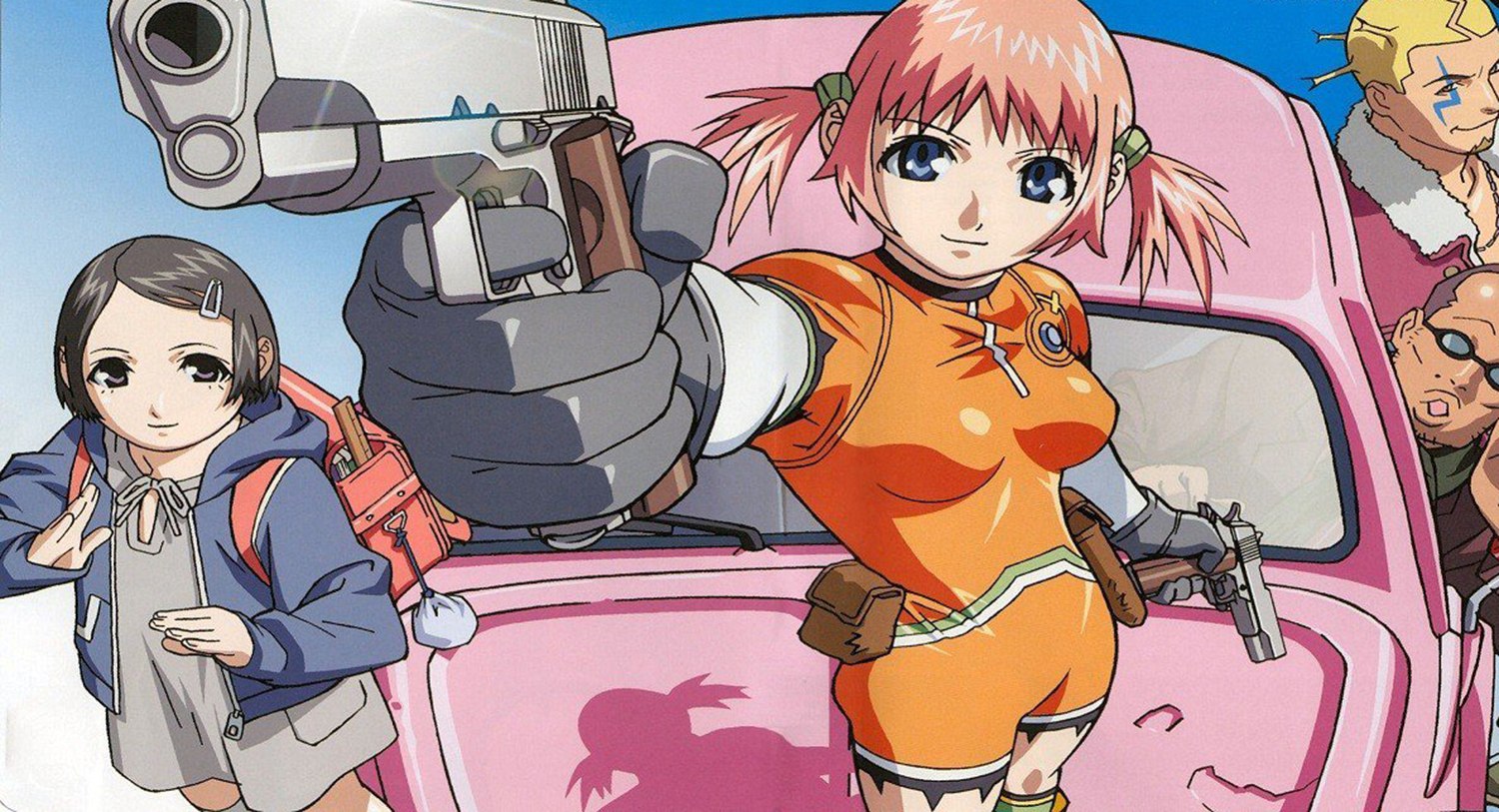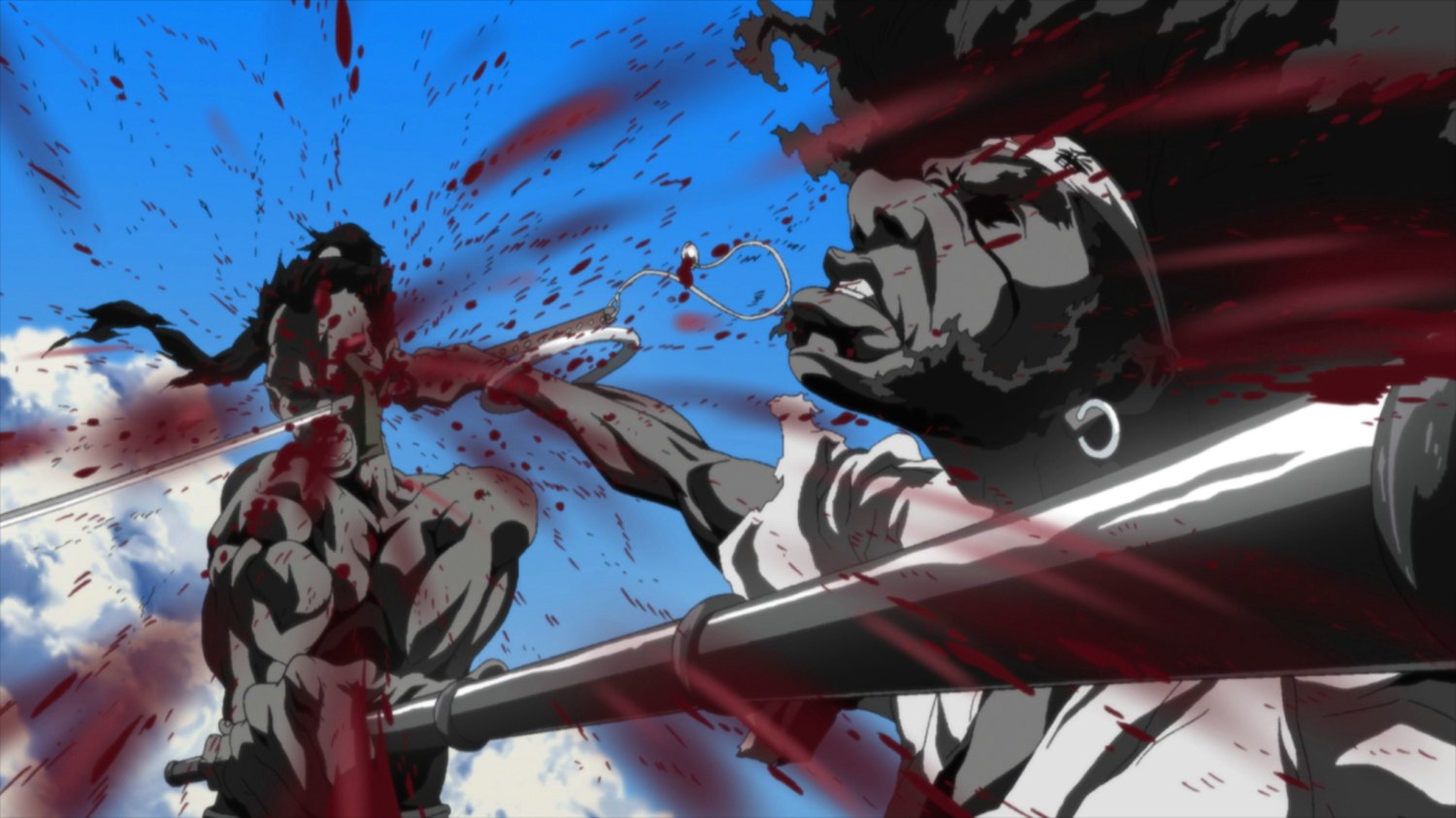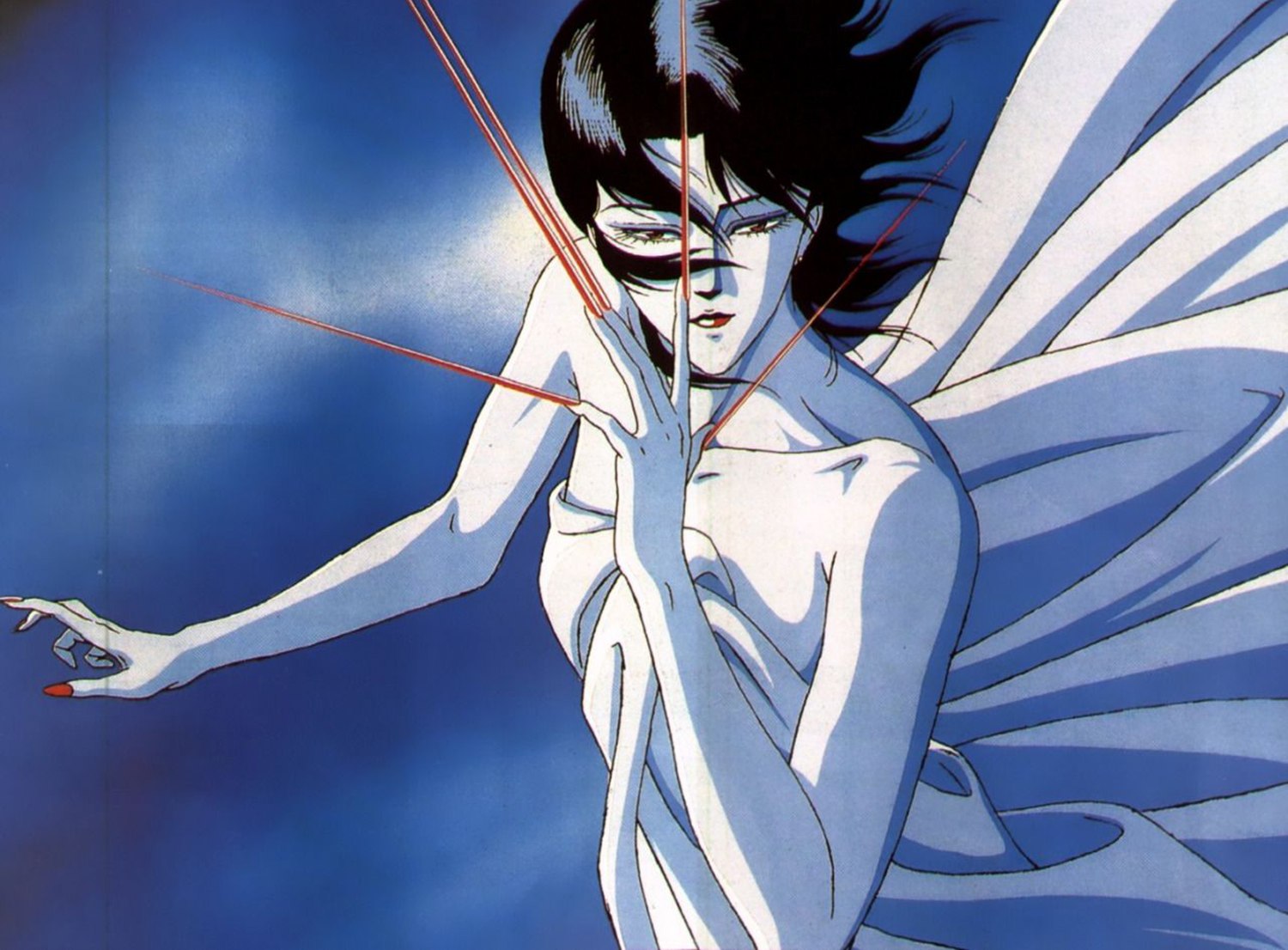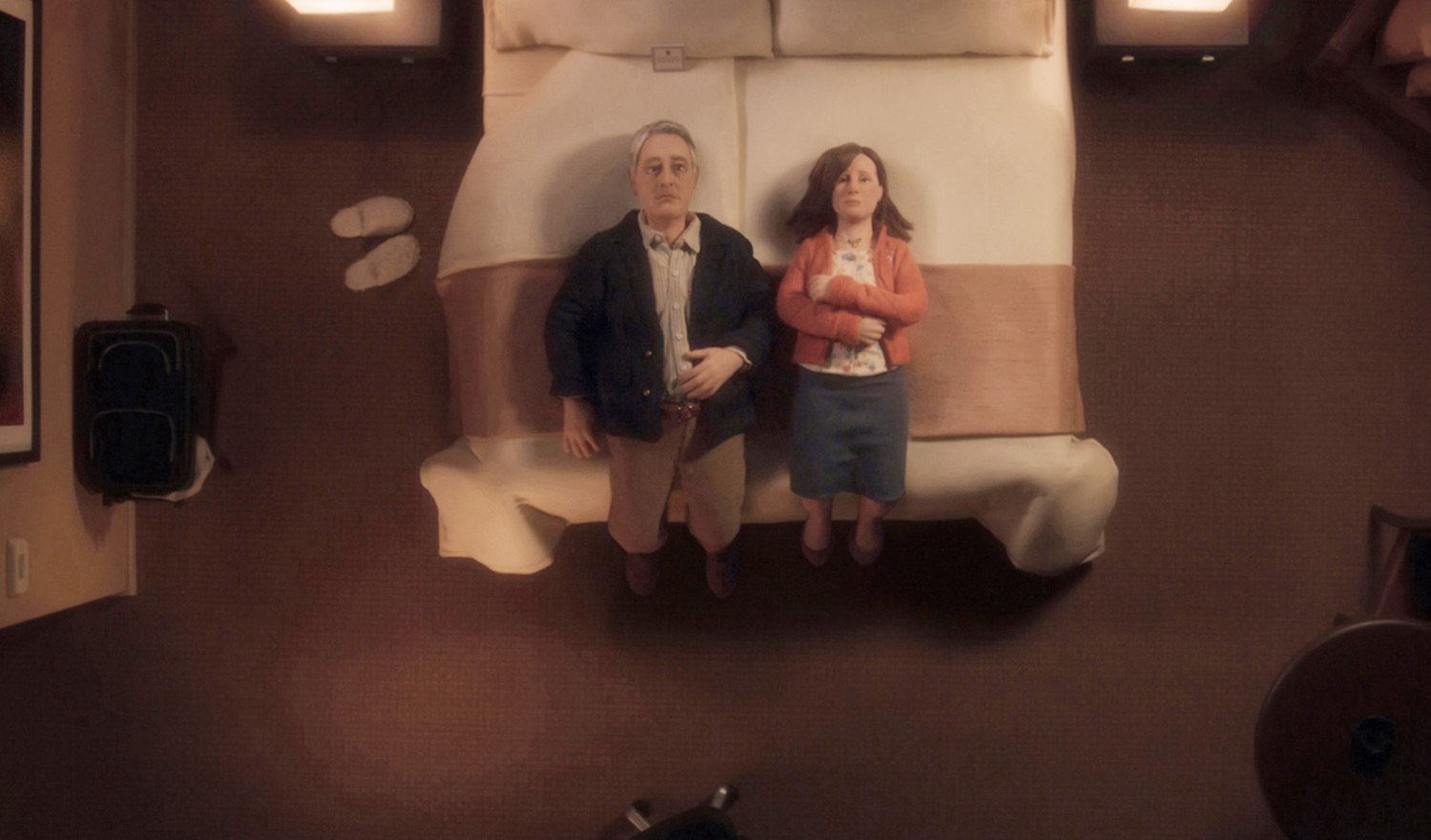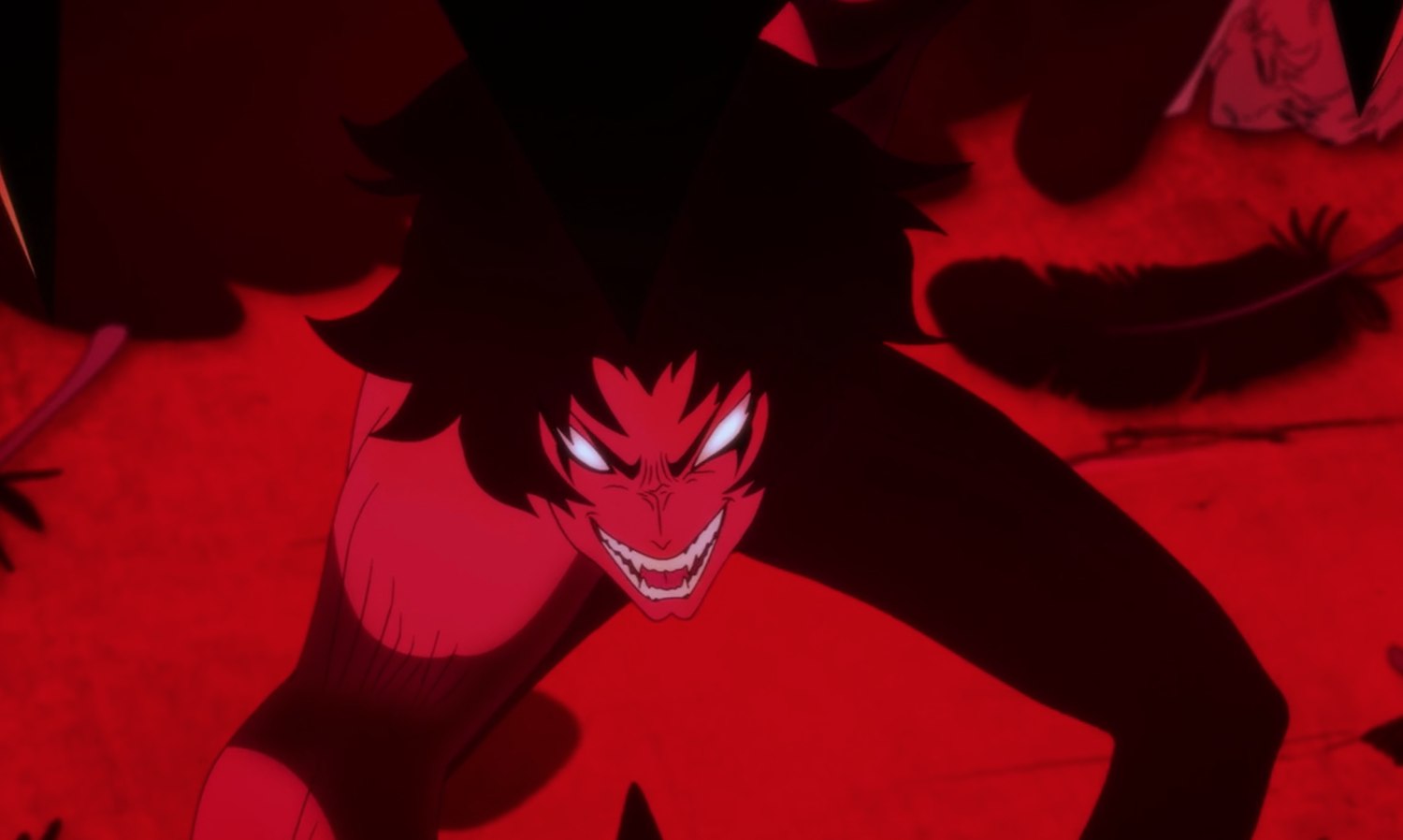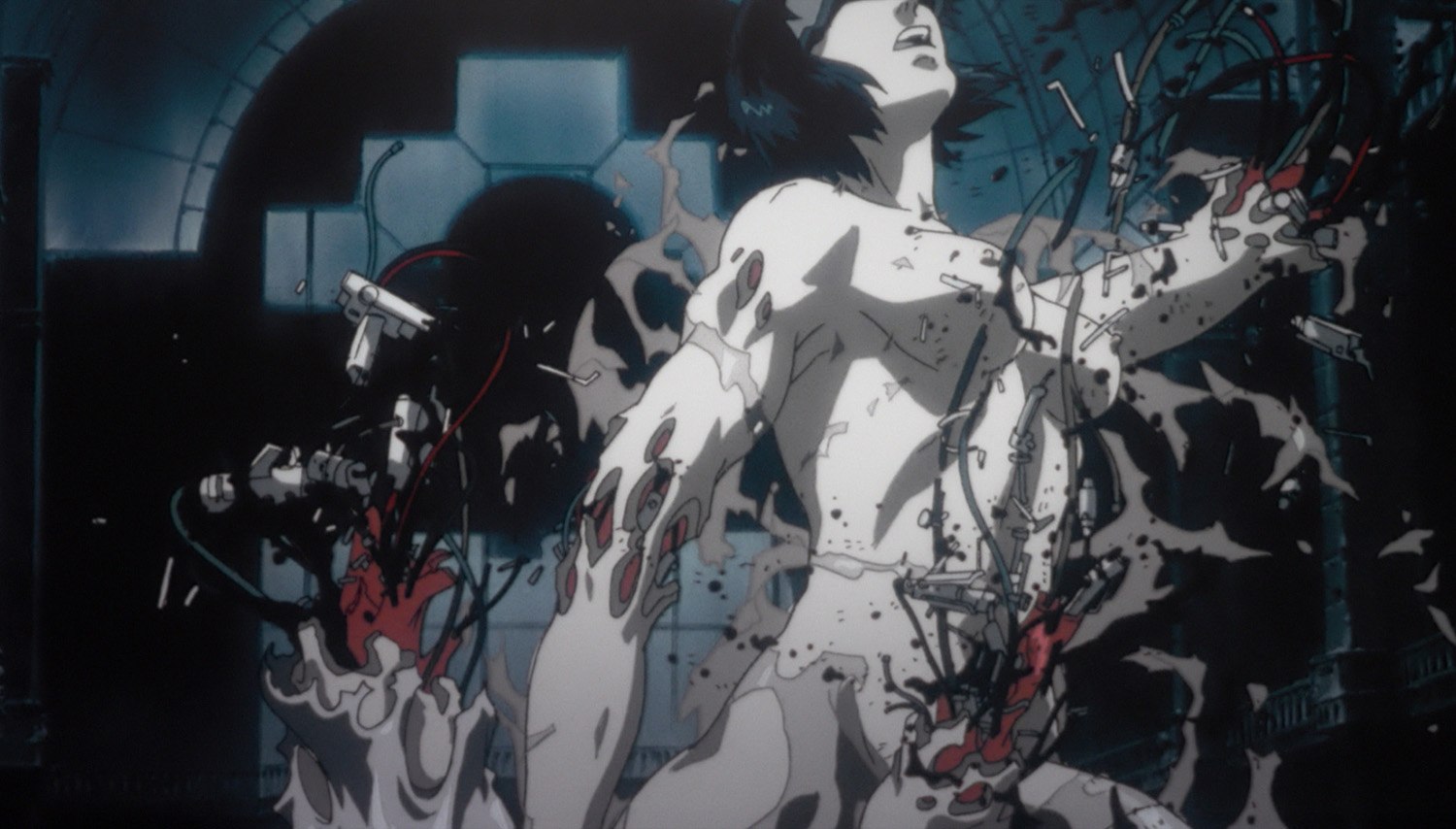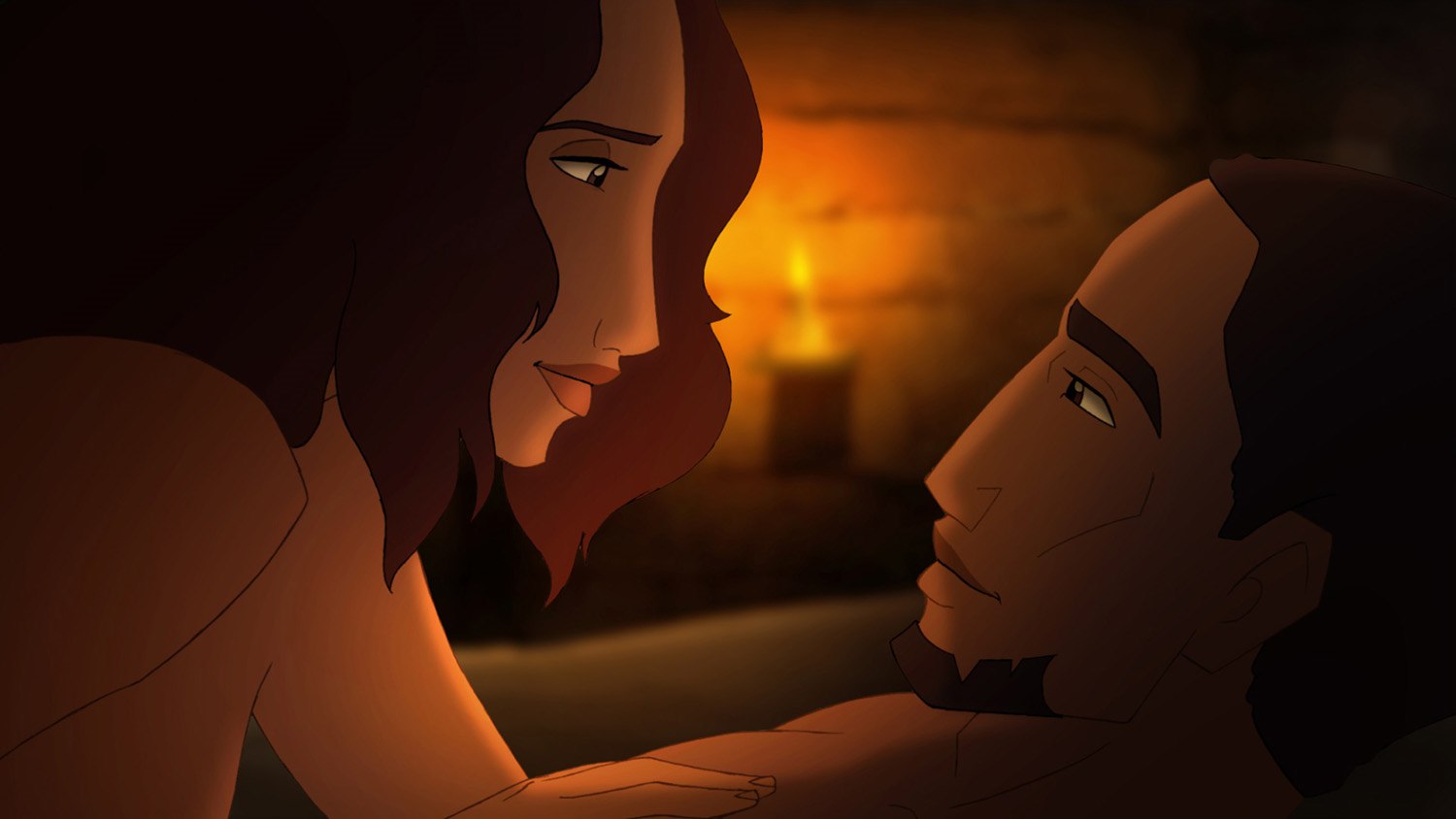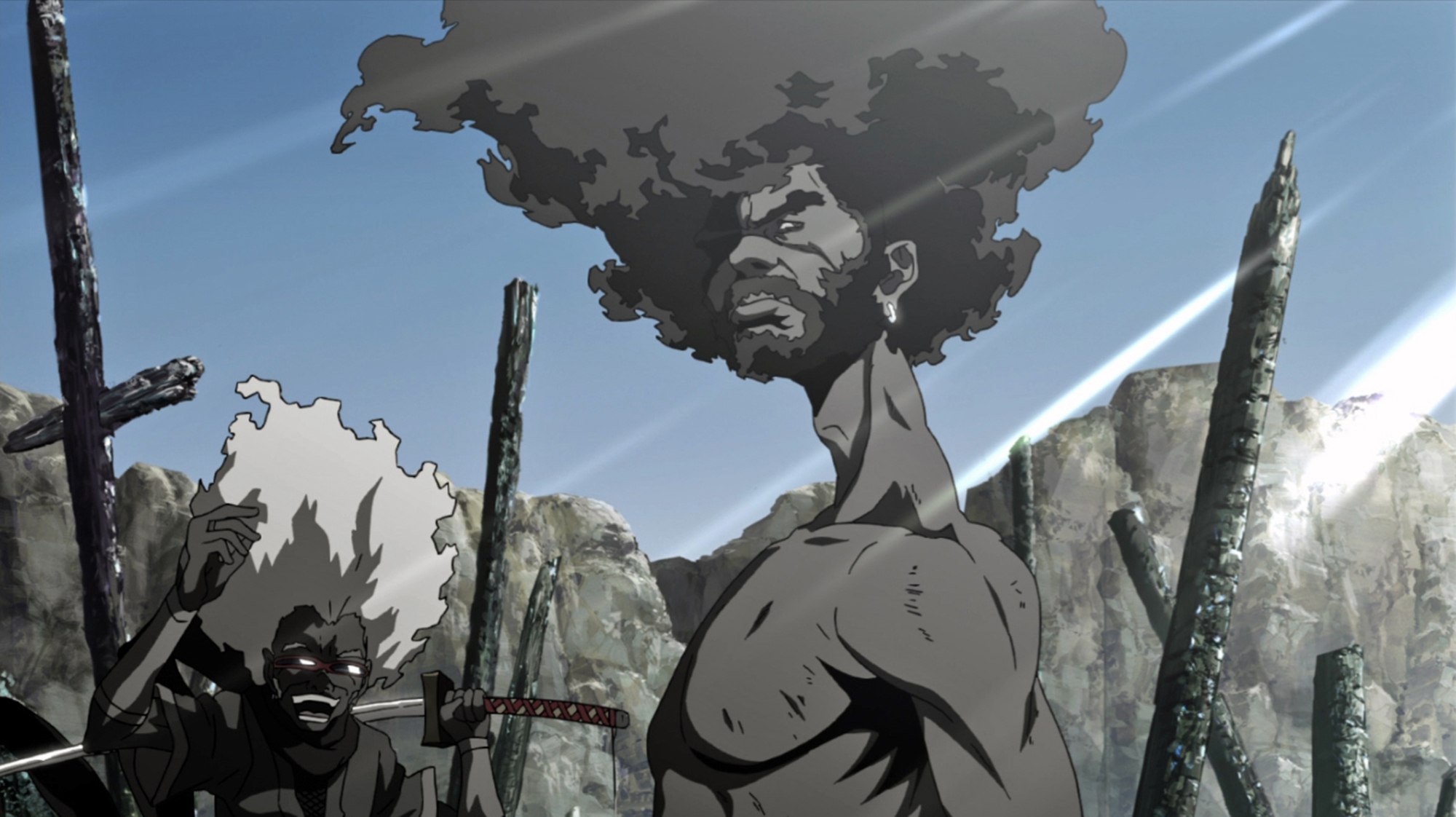
Animation is a medium of fewer restraints than film. While some may primarily associate it with media aimed at children, it is so much more than that. It can take a concept that, if it were attempted using film, would not work.
Look at Disney or Warner Bros., two studios filled with anthropomorphic character designs that would certainly come off as anywhere from unconvincing to nightmarish in real life. The same can be said for “Dragon Ball Z” and its famous fight scenes that reduce cities, mountains, and even planets to collateral damage. And that doesn’t even consider more experimental projects like some of the VR films we have looked at in the past, or the entire filmography of directors like Masaaki Yuasa, who just this year saw major mainstream success with Netflix’s “Devilman Crybaby.”
“Devilman Crybaby,” part of the long-running Devilman franchise that we will be revisiting later, was a limited series filled with gratuitous sex and violence that appears at first to be a superhero story before it completely subverts every trope of the genre. It is a commentary on love, bigotry, desire, forgiveness, and what it means to be human at all. It is also completely unflinching when it comes to depicting sex acts in an uncomfortable way, blurring the line between arousal and disgust. It is a project that couldn’t exist in any other medium, and certainly not without animated special effects at the very least.
In that regard it is not unique, though its execution certainly deserves special praise. The truth is that animated films that push social conventions, and that specifically do so through eroticism have existed for decades. Below is a short list looking at some of those projects from around the world.
Above: Violence and sexuality are combined in unique ways in these ten films.
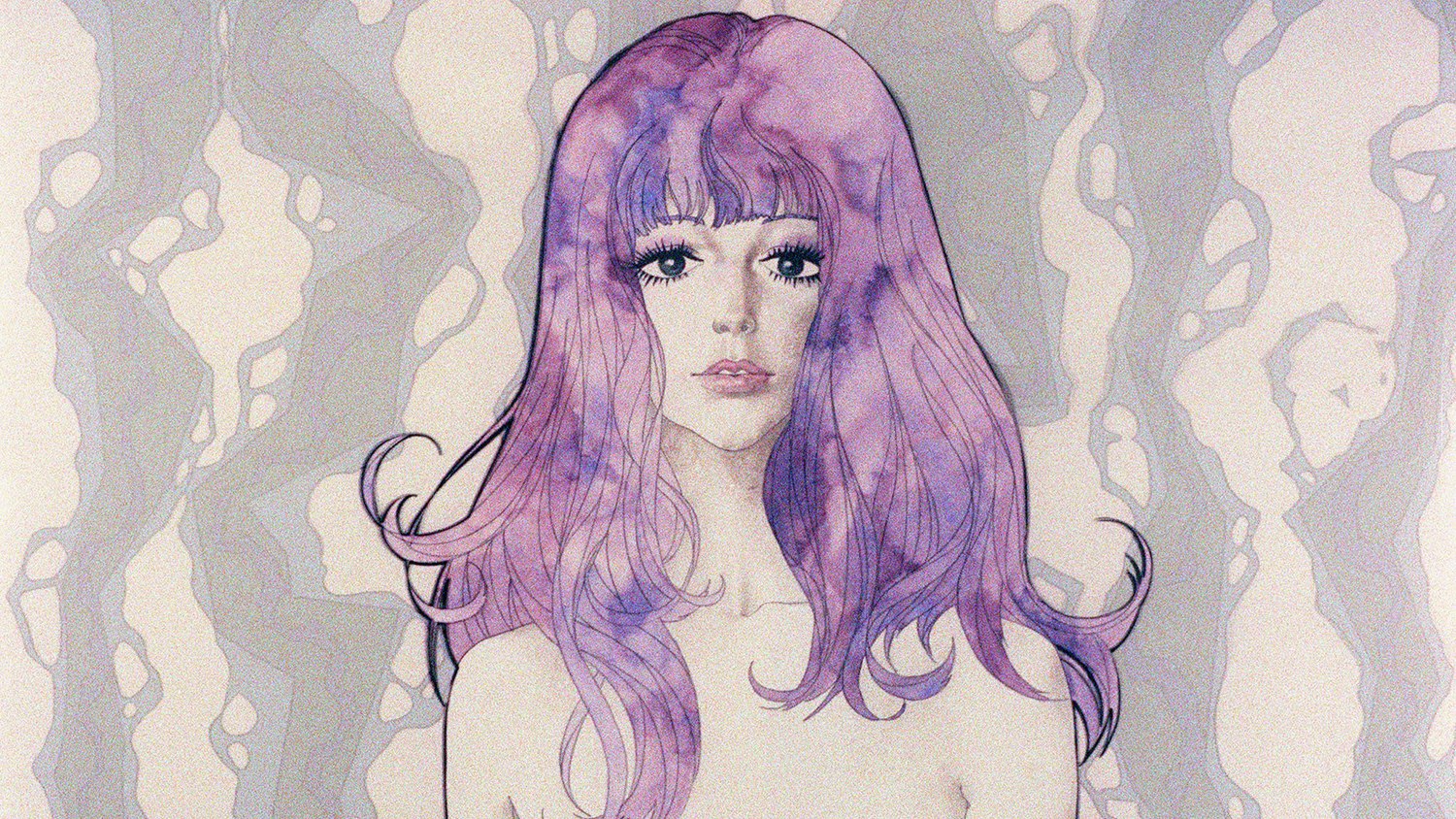
“Belladonna of the Sadness” is a is a psychedelic tarot card acid trip.
Belladonna of the Sadness
Where better to begin when discussing animation than with a film that was produced by Osamu Tezuka, a man whose work in manga and anime had an enormous impact for the medium both in Japan and abroad. Though he was dubbed the Japanese equivalent to Walt Disney due to his creation of characters like “Astroboy” and “Kimba the White Lion,” he was very different from Disney in that he had no issue with having his name associated with more experimental adult-oriented content. Which brings us to “Belladonna of the Sadness,” a psychedelic story with biblical motifs, witchcraft, sex, violence, and phallic imagery all told using a watercolour-art style that resembles a tarot deck brought to life by Terry Gilliam.
The film is as stunning to behold as it is uncomfortable, and this is in part because it actively seeks to transgress. Protagonist Jeanne is raped by a local Baron following her wedding night. Her husband is helpless to intervene and thinks it is best for them to just forget about it and move on with their lives. So she makes a deal with a very phallic-shaped devil to become a witch and exact her own revenge on the man who wronged her. While its politics can hardly be called progressive by today’s standard, it was heavily influenced by Japan’s women’s liberation movement and as such sought to tell a story of a woman reclaiming her power and agency through sexual liberation.
Bakshi’s “Fritz the Cat” is one of the most controversial animated films ever made.
Fritz the Cat
Osamu Tezuka was one of the most influential creators in animation to come out of Japan, and Ralph Bakshi was one of the same from America. Though most casual fans of animation today will probably recognize his animated “Lord of the Rings” film, arguably his greatest contribution to the field of animation was his first feature film: “Fritz the Cat.” Said film was the first feature-length animation to receive an X-rating for its graphic and explicit depictions of sex and violence, and it is also credited as popularizing the idea of being a furry.
Set in a version of New York City populated entirely by anthropomorphic animals, the film is a hedonistic drug trip through college life, the free love movement, race relations, politics, and anti-Semitism. The titular Fritz is a conman just looking to have sex, and in doing so he finds himself chased by police cop pigs through a synagogue, having a bathroom orgy, surviving car crashes and explosions, and inciting a revolution in which his friend is shot and killed. It is as unflinching as it is unsubtle, and will likely shock people as much today as it did when it was released. Bakshi was originally unsure about this being his first feature film, as he wanted to differentiate it from the kid-friendly work he had previously done for Terrytoons. So with “Fritz” he downplayed the animal characteristics of his characters to give them a more human impression. The result is a surreal film that feels reminiscent of “Fear and Loathing in Las Vegas.”
Biologically-enhanced humans and Egyptian gods populate the futuristic world of “Immortal.”
Immortal
Like “Fritz the Cat,” the more recent French film “Immortal” also features anthropomorphic characters, though they do appear alongside live human actors. “Immortal” is fairly unique in the way that it uses CGI and animation in the construction of its world through a digital backlot. That is, much of the world is created digitally after filming is complete. Fans of “Sin City” or “Sky Captain and the World of Tomorrow” will already be familiar with this concept. These projects seek to marry the real and human details with fantastic worlds and characters, and in doing so tell stories that are enhanced by both of these elements.
“Immortal” is set in the far future, in a time when humans have begun using synthetic enhancement to alter their bodies. It is also a time in which the gods of ancient Egypt preside in a floating pyramid above the city. Said gods have judged one of their own, Horus, the god of the sky and heavens, as being unworthy. He must give up his immortality and submit to death. Before doing this he is given the opportunity to procreate, but to do this he must first find an unmodified human host to share a body with, and then find a human who is capable of bearing the offspring of a god. What follows is a story of sex and murder that philosophizes about what it means to be human, and what it means to be something more.
“Mezzo Forte’s” action sequences are as slick as its sex scene is explicit.
Mezzo Forte
While “Immortal” sought to combine traditional filmic and animated elements, “Mezzo Forte” is a more traditional anime feature. Though, the exact content of the film varies quite a bit depending on which version of the release you watch. Originally released as an OVA, the series was edited together into a film for American release. It features director Yasuomi Umetsu’s signature comedic tone, slick action sequences, extreme violence, and graphic sex. If you watch the unrated version anyway. Said sex scene was removed entirely from all other cuts of the film, though the edited cuts do still contain full female nudity.
Mikura Suzuki, head of the mercenary group Danger Service Agency are hired to kidnap a violent mob boss. Said boss owns a baseball team and has a particularly brutal way of dealing with players who displease him; murder. After their mission goes sideways and the mob boss is killed in the ensuing fire fight, Suzuki and the DSA need to come up with a new plan as the mob boss’s daughter plots to exact her revenge.
While the action is intact in all versions of the film, the scene that was cut features highly explicit group sex between the protagonist and two male partners. It is pornographic in nature, but is still noteworthy here since it is a bit of an outlier when compared to the rest of the film’s content.
In “Afro Samurai Resurrection” the style is the substance, and this film oozes style.
Afro Samurai Resurrection
While “Mezzo Forte” had a slightly more complicated release outside of Japan, that is not the case for the next film on this list, “Afro Samurai Resurrection.” In fact, it even received mainstream recognition when it won a Primetime Emmy for its art direction. And while the art direction is stunning through its use of exaggerated movement and dramatic shadows, the film’s success in the West is also due in part to its collaboration with Samuel L. Jackson, who voices the title character, and the RZA from the Wu-Tang Clan, who created the soundtrack.
“Resurrection” is a sequel film to the “Afro Samurai” anime. After character Afro has accomplished his goal of avenging his father’s murder, he has become disillusioned with his life of violence and seeks to leave it behind. Unfortunately that is not such an easy task for a man who left a mountain of bodies in his wake, and he is eventually found by people who would see him suffer for his crimes.
But the story in this case is mainly a vehicle for the visuals; the style, in this case, is the substance. The film combines the quiet contemplative moments of samurai films with the flash and hedonism of hip-hop, and the result are action set pieces that are as slick as they are flashy, often juxtaposed against scenes of strip teases or an orgy-like party.
“Wicked City” is a neo-noir horror hellscape where a secret organization works to keep two worlds safe.
Wicked City
“Afro Samurai” combines elements of the present with a feudal Japanese setting. “Wicked City” seeks to create a similar synthesis of real world bureaucracy with supernatural body horror. In the film a shaky peace treaty exists between the humans and the Black World, an alternate dimension populated by demons that look reminiscent of John Carpenter’s “The Thing.” This treaty is protected by agents of the Black Guard, entities from both worlds that have in their respective dimensions and perform tasks to maintain harmony when they are called upon. Protagonists Taki, of the humans, and Makie, of the Black World, are two such agents. They are called upon to use their skills and powers to act as bodyguards for an Italian mystic named Guiseppi Mayart, a figure integral to maintaining peace who is being targeted by radicals from the Black World.
“Wicked City” places as much emphasis on its action and eroticism as it does on its body horror. Bone protrusions and flesh tendrils are in no shortage when demonic opponents show their true form through some truly unsettling transformation sequences. This is made all the more unsettling by the way that the camera frames Makie’s body, contrasting her own grotesque transformations with sensuality, which in itself contrasts with the injuries inflicted on Taki’s very human body.
“Anomalisa” is one of the greatest modern triumphs in animation.
Anomalisa
“Wicked City” is perhaps most concerned with visually representing inhuman elements. By contrast, “Anomalisa” represents a touchingly human story without using any human actors. It is a film made using stop-motion-animated puppets to tell its story in a singularly unique way. Customer service expert Michael Stone is travelling to Cincinnati to promote his new book. Michael is a customer service expert who cannot differentiate the faces or voices of the people around him. Everyone, even his wife and son, have the same voice and the same face. They all blur together, making it difficult for him to connect to any other person he interacts with. That is until he meets woman who does stand out, Lisa, who is attending the convention that Michael is promoting his book at.
From the very beginning there is an uncomfortable power dynamic between the two characters as Michael praises her uniqueness despite her protests, and before long the two become intimate. This is the scene that made the movie controversial, as in past films like “Team America: World Police” the idea of puppet sex was played for a joke. Here the scene was painstakingly crafted over the course of six months to be as touching and emotionally-effecting as possible. That is perhaps the best summary of what “Anomalisa is;” while it is funny at times, it is as much a drama as it is a comedy. The stop-motion-animated nature of the film is not part of a joke. It draws attention to how the characters move in a way that live action films simply would not.
Film still from upcoming movie, “Devilman Crybaby.”
Amon: The Darkside of Devilman
“Anomalisa” uses puppets to explore human emotion, and in vein similar to “Wicked City,” “Amon: The Darkside of Devilman” seeks to do the same using demons and biblical imagery. It is also a peculiar standout in the “Devilman” canon.
The Netflix series “Devilman Crybaby” is a loose retelling of the original “Devilman” story as it appeared in the manga and in its 1970s adaptation. While many of the narrative beats remain the same, others were added or rearranged or simply told in different ways according to the vision of the director. “Amon” has a similar goal in mind to that, though it sticks stylistically much closer to its source material. As this is only a part of a larger story, watching this film is improved by already having a familiarity with the series.
“Amon” picks up well into the story. The people of the world are aware of the existence of demons, and panic is tightening its grip. They are not aware, however, of the difference between a demon and a devilman; a devilman is a person that a demon has tried to possess, but who has remained in control of their humanity. They possess the heart of a human and the body of a demon. Akira Fudo is one such being, and he has sought to protect humanity from the demons that would prey on them despite the hatred and bigotry that he and his loved ones experience. Or he does for a while, until humans begin to do more and more horrifying things and he is forced to question whether they deserve to be saved.
The “Devilman” series is marked by grotesque sexuality and graphic violence, and this film that focuses primarily on the conflict between Akira and the demon attempting to possess him is no different in that regard. Sequences can be downright difficult to watch, and the bleak portrait it paints of humanity will leave you wondering who the real monsters actually are.
“Ghost in the Shell” is one of the most influential cyberpunk films ever made, a reputation it absolutely deserves.
Ghost in the Shell
Compared to “Amon: The Darkside of Devilman,” “Ghost in the Shell” can feel downright optimistic. Set in a cyberpunk dystopian future, it is also concerned with what it means to be human, but it focuses its gaze more specifically on memory and identity in a technological age. When machines have advanced to a point where they can be used to perfectly simulate a human life, how can you tell that anything you remember is even real? It is set in a world where the human body can be cybernetically augmented, or even replaced entirely, and where a mechanical casing for the human brain allows access to the internet. Your consciousness is the ghost in the shell that is your body.
These are the themes explored over the course of the story. Said story follows Major Mokoto Kusanagi, a synthetic cyber-enhanced human as she hunts the Puppet Master, one of the most wanted criminals in the world. There isn’t much more that can be said about the film without spoiling the plot, but its influence in cyberpunk fiction since its release is staggering, and anyone interested in the genre who has not already watched this movie absolutely should.
“Rio 2096” is a unique tale of love, loss, and violence told over several lifetimes against Brazil’s rich socio-political backdrop.
Rio 2096: A Story of Love and Fury
Like “Ghost in the Shell,” “Rio 2096: A Story of Love and Fury” is aptly named. It is a love story told over the span of six hundred years between an immortal warrior and his beloved. Said story is told during three key times in Brazil’s past and one in the future: during the arrival of Portuguese colonizers, during the heyday of slavery, during the height of Brazil’s authoritarian military dictatorship, and in the year 2096 when Rio de Janeiro has developed into a sprawling futuristic metropolis.
It is a mythic story about human frailty and perseverance that encapsulates Brazil’s struggles with sociopolitical strife, subjugation, and urban sprawl. It uses both hand-drawn characters and computer-generated backgrounds to create scenes that are simultaneously intimate and otherworldly. Director Luiz Bolognesi uses a variety of animation techniques that evoke a complex, pessimistic, and beautiful portrait of humanity in all its variety. It is as much as story of struggle as it is one of survival, of finding the moments that are worth living for in even the bleakest of times, and of fighting oppression. And that complexity is mainly possible here because of the way it has been animated. And as with every other film on this list there is no shortage of sex or violence, and especially here the push against censorship, the push to transgress is essential to the story.

